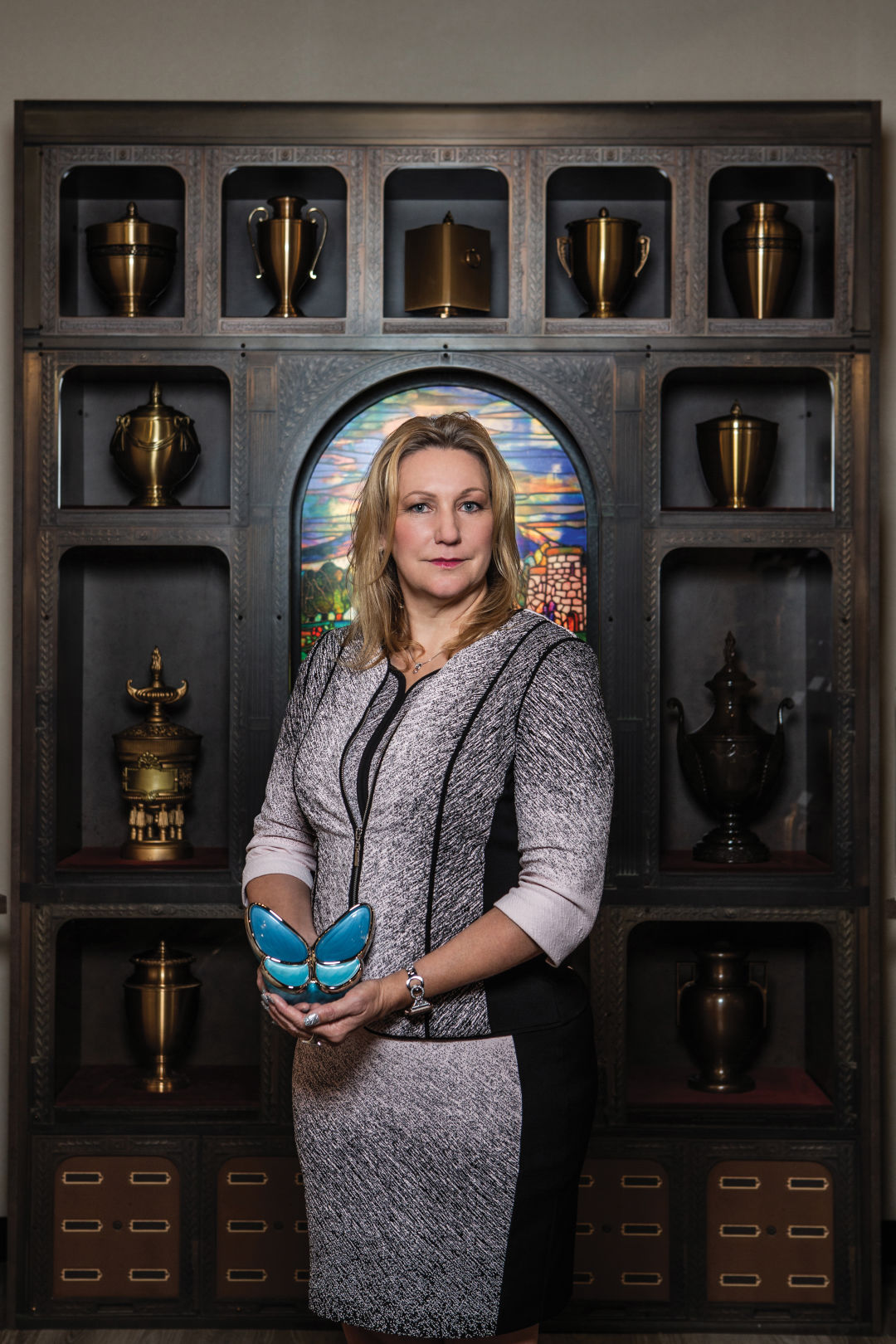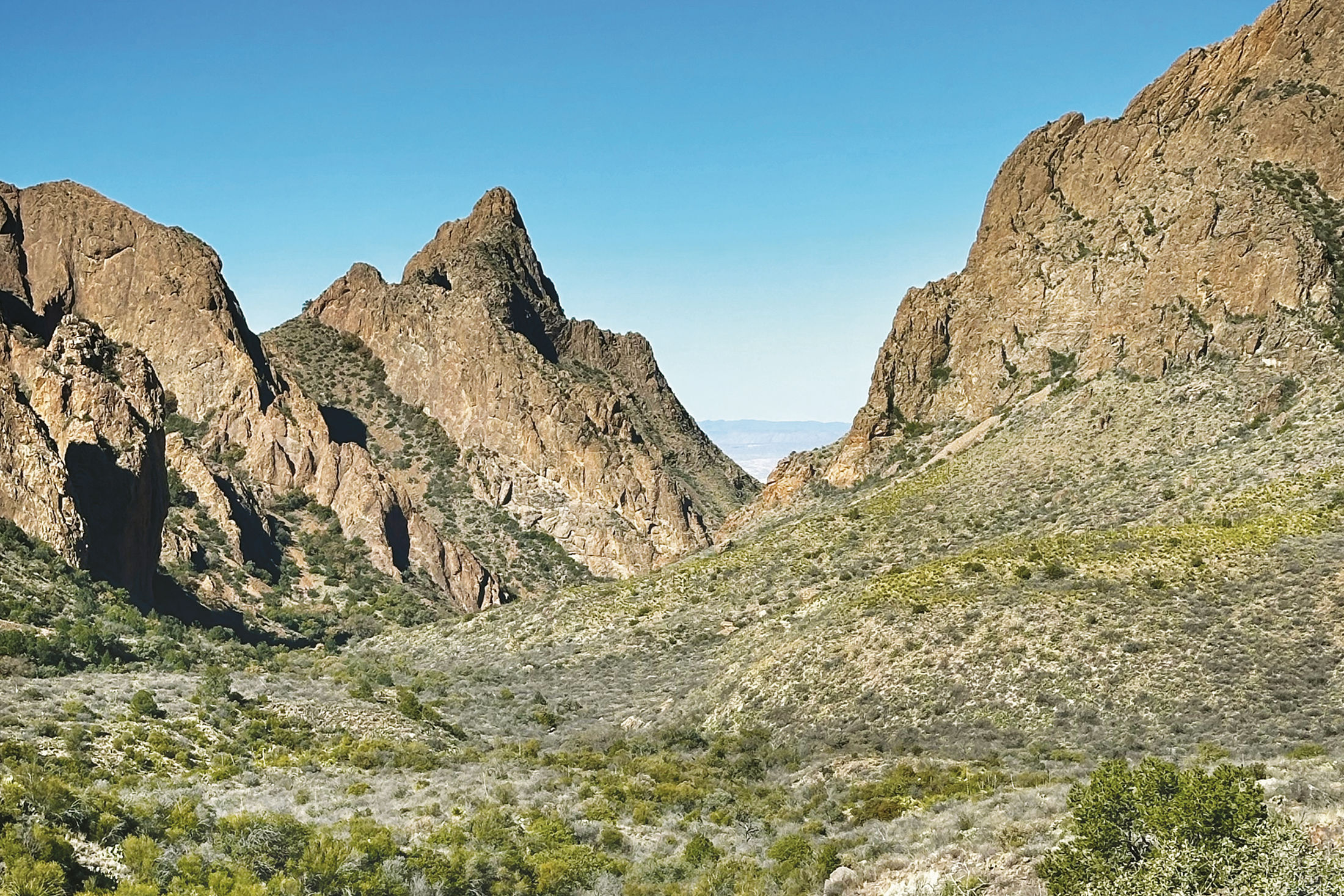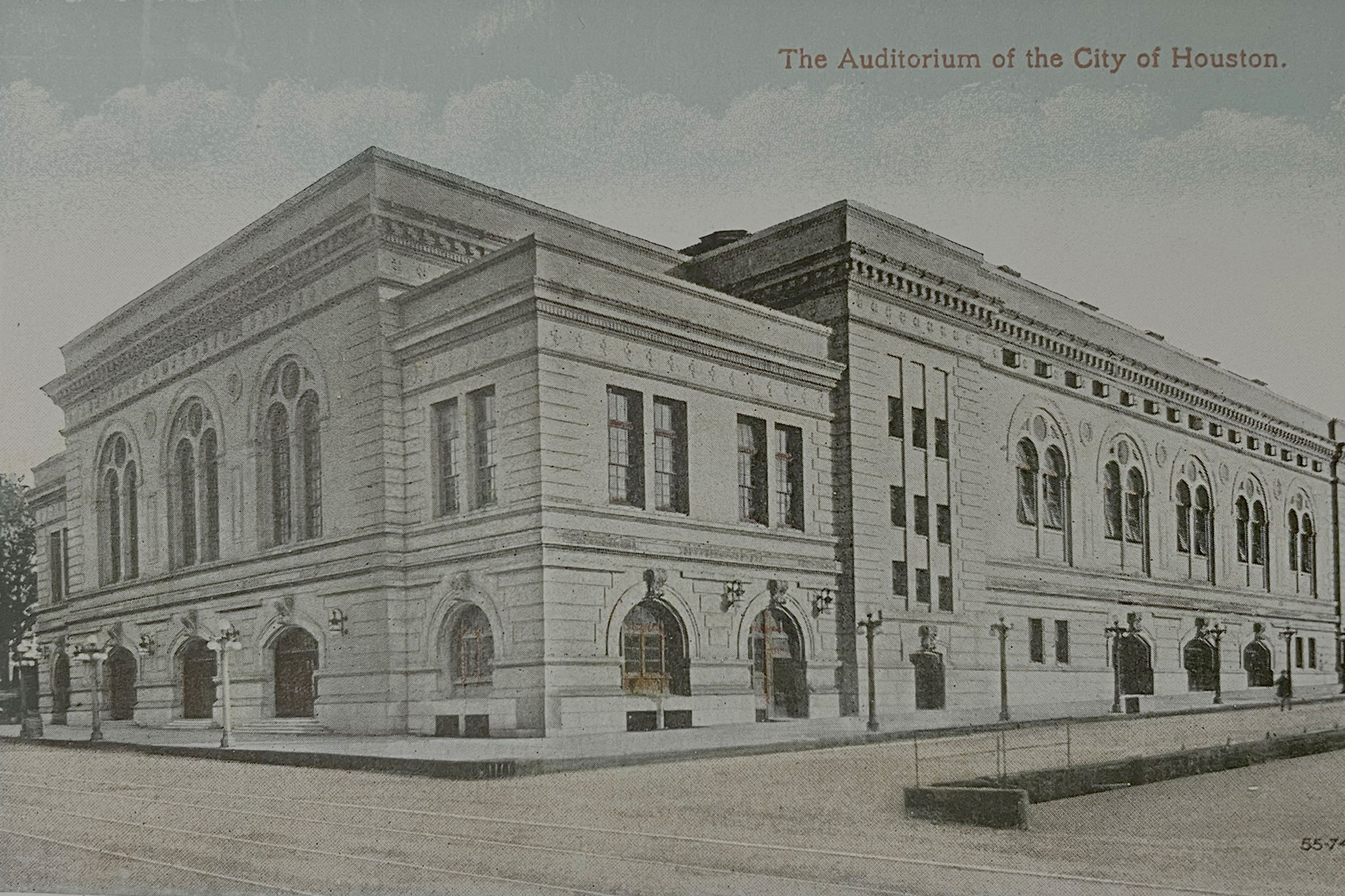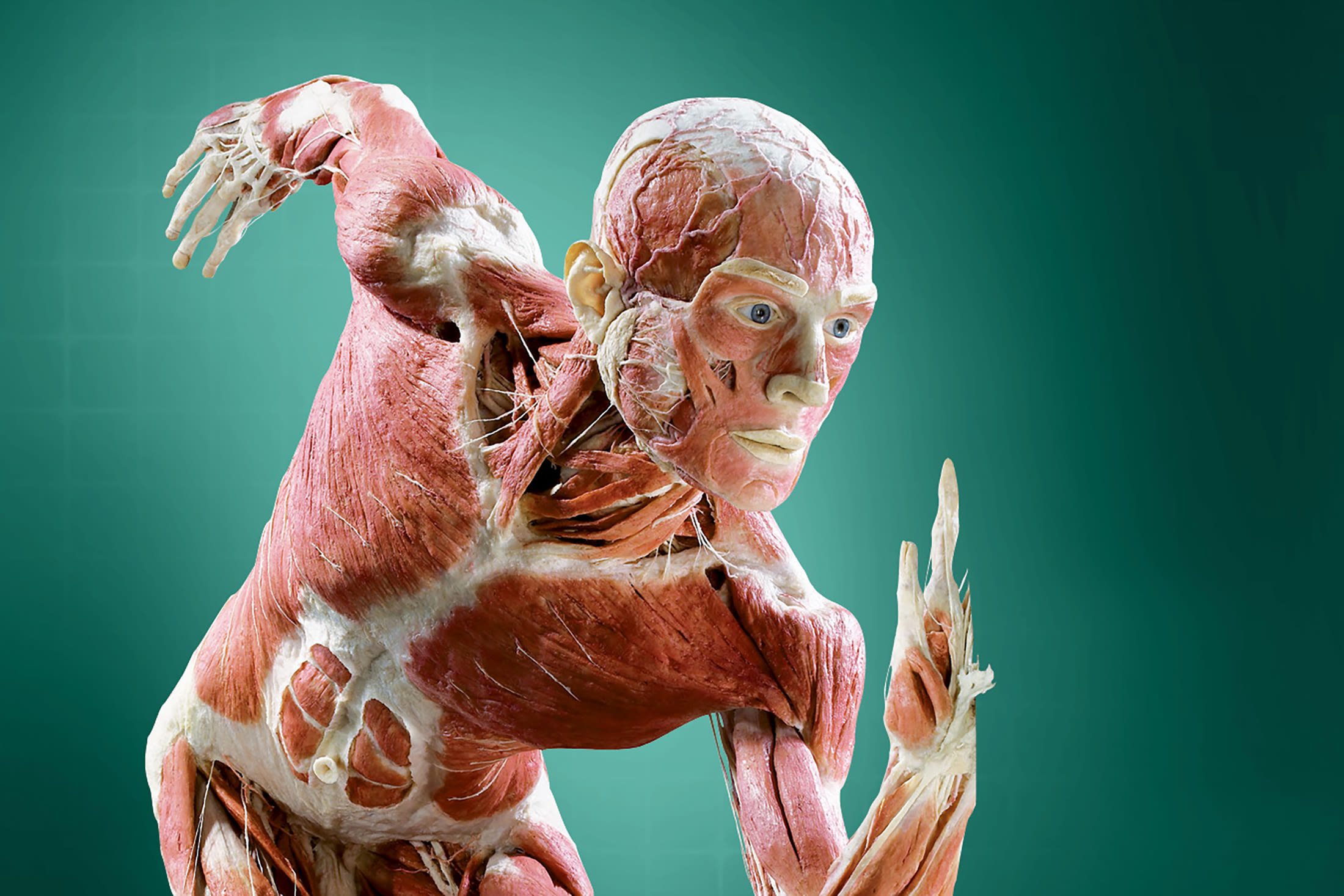Genevieve Keeney's Life Is All About Death—In a Good Way

Keeney with a unique butterfly urn
Image: Michael Starghill
Should tragedy befall Genevieve Keeney today, know that she wishes to be cremated, and there must be a funeral.
Half of her ashes—about three or four pounds of the stuff—will be interred at Arlington National Cemetery or Houston National Cemetery. Another portion should be made into a painting, another transformed into a diamond, and yet another launched into space (multiple such services exist; choose any). Whatever’s left over should be sprinkled along marathon routes, atop mountains, and in any beautiful locales her four children see fit—a life insurance policy ensures that all costs will be covered, naturally.
Keeney explains this while smiling, her glitter-encrusted nails catching the light—all in clear contradiction to the Wednesday Addams vibes one would expect of the president of the National Museum of Funeral History, which was established within its ’70s-era, Greenspoint-area business complex in 1992. But nobody can say Keeney’s anything but dead serious about her work—she’s also a certified embalmer and funeral director (not to mention a U.S. Army veteran). And she considers it her job to make us all think about, well, the end. In fact, it’s practically all she thinks about.
“I’m constantly living in the shadows of death,” Keeney says. “Every day is about death for me, and I know what that looks like. I know what it smells like. I definitely know what it feels like—the pain, the grief, the sadness. And I want to live life fuller because I know those things.”
Since she was a child, Keeney has been laser-focused on digging into the topic. She grew up in the '70s, for a time living in a trailer court in Greeley, Colorado, where she and her brother would scavenge soda cans for candy money; they found innocent competition in an adult neighbor—at least until that neighbor discovered a dead baby while sifting through a trash bin for aluminum. Keeney remembers that evening’s news report drifting from the living-room TV to her upper bunk, where she lay gripped. For some reason she couldn’t stop thinking about the baby’s body.
“Even at 7 I wanted to understand the physiology of death,” she says. “What does the body go through? How does it die? What does it look like once you’re dead? What does it mean? I’ve spent a lifetime nurturing that curiosity.”
Keeney lacked Google or CSI reruns to deliver those answers, so she managed to shoehorn death into as many school assignments as possible. For ninth-grade speech class, she delivered a heavily researched presentation about cremation for which, as a visual aid, she plopped down a plastic Q-tip box containing her other brother’s ashes (he died during childbirth). For senior English, she interviewed the local coroner, who showed her a thick, three-ring binder filled with Polaroids of corpses. That day marked the first time she glimpsed a dead body—a photo of a bloated, purplish “floater.” “I was so excited,” she says, almost squealing. “Oh my God, I could not believe it!”
While Keeney’s guidance counselor was stumped by her somewhat vague determination to “work with death,” that didn’t stop her from enlisting in the Army and diving in to medical training. She was stationed at Fort Hood and, later, Germany, which is where she worked with her first dead body while processing the paperwork for suicides, murders, and SIDS deaths. She discovered a particular knack for dealing with the family members’ grief. “It became, Somebody dies, call Staff Sgt. Keeney,” she says. “I handled it like a champ.”
It was after she assisted in her first autopsy that a specific calling emerged: to become a funeral director, the person who honors the dead and comforts the grieving. Keeney eventually found herself drawn to Texas by the Commonwealth Institute of Funeral Service—the school that, conveniently, sits next door to the NMFH here in Houston. She began volunteering at the museum while learning to embalm, apply funeral makeup, and more. In 2005 she graduated, soon becoming the museum’s director, and over time she slowly learned that not everyone shared her fascination with death. For one, hardly anyone knew about her little museum, and even if they did, she found that “people were repulsed by us” based on preconceived notions about what they’d find inside.
Originally established as a repository for artifacts of the funeral industry, the museum started to take on a distinctly practical bent under Keeney, who added permanent exhibits on cremation and papal burials while expanding a section on the history of embalming. Education has become a bigger priority, too, enabling the museum to address fresh generations of the death-curious. To Keeney’s delight, some variation of “NOT MORBID OR CREEPY AT ALL” has become a recurring theme across the museum’s TripAdvisor and Yelp reviews. Her exhibits, she assures us, illuminate much more about the ways the living handle loss than about cadavers or headstones.
All told, we still wonder if the day job ever gets her down. Quite the opposite, Keeney assures us. She’s definitively here to live—to “wring every drop out and feel like I’ve accomplished something.” One day Keeney might open her own funeral home. There are plans to apply her talents to the world of pet memorialization. (“There’s not enough of that yet,” she says.) For right now, though, the museum gives her a platform to help others explore the same curiosity she felt lying in her bunk bed at 7 years old.
“We hide death. We entertain it, we see it on television, we see it on the news, but—It’s not going to happen to me, it’s going to happen to somebody else,” Keeney says. “I want to be that advocate to say: Death is going to happen. Be prepared. And if death already happened, come here to learn more.”




